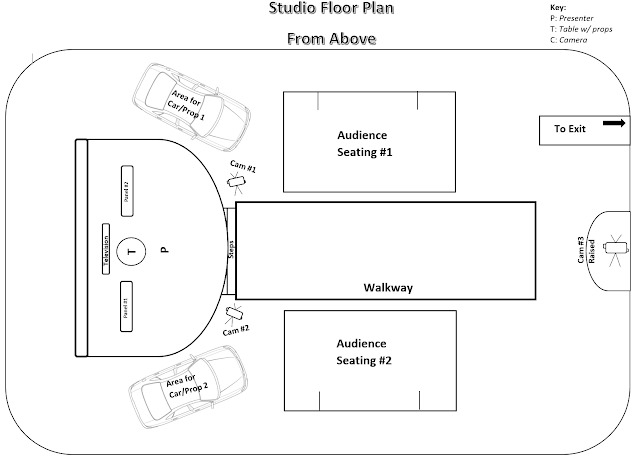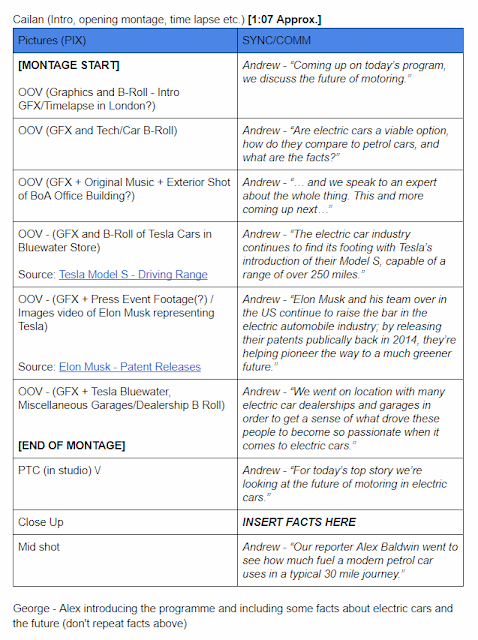Contextual Studies Lecture | Documentaries - Making A Murderer (Netflix Original Series)
In this lecture Louis focused on the intricacies of Documentaries and how they construct meaning through various techniques and tropes, while also referencing different styles of documentaries and depictions of events, including reconstruction, a telling of events from someone's perspective or even a visual still representation of events, e.g. Ken Burns style pan across relevant images/archival footage etc.
What is documentary?
Documentaries are largely unscripted (but often relies on classic narrative structure)
Employs real people (but often requires directed 'performance' element)
Typically shot handheld (but often employs classical fixed camera techniques)
Does not use formal Hollywood mise en scène (but still relies on classical precepts of framing, composition and lighting)
- Documentary in purest sense ifs filmed observation. A recording or 'document' of reality. Primarily for informing rather than escapist entertainment.
- Term first coined by Scottish filmmaker John Grierson (regarded as 'father of British documentary') in 1926.
- Grierson described documentary as "The creative treatment of actuality"
- Observational (excluded)
- Current affairs/factual (Making A Murderer, content driven)
- Polemic (Adam Curtis)
Used documentary form, techniques and conventions to educate, debate and inform content.
Hybrid Documentary
- Reality (Benefits street)
- Scripted Reality (TOWIE)
- Drama-documentary (Man on Wire, Touching the Void)
Muses documentary form, techniques and conventions but primarily for entertainment content.
According to Bill Nichols, there are 6 total Narrative Documentary Modes:
- Expository
- Observational
- Participatory
- Reflexive
- Poetic
- Performative


Comments
Post a Comment